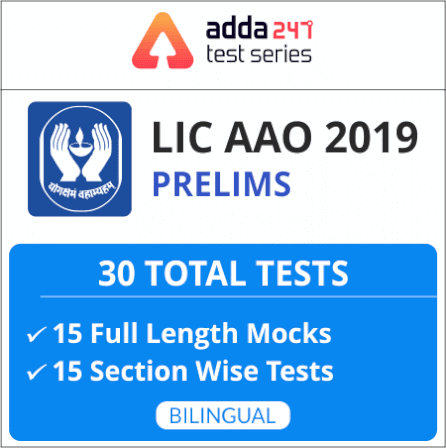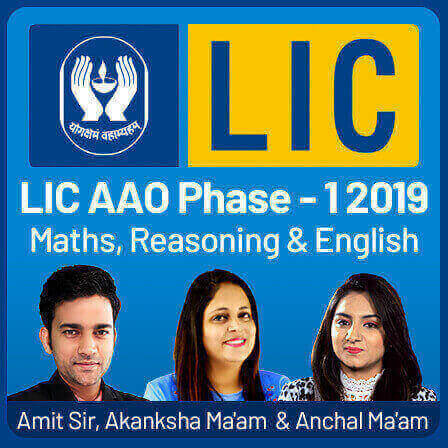Bank Exams English Notes 2019
Study Notes are really essential and effective while preparing for any competitive exam. We all have been making and studying through study notes since our childhood. It’s one of the most important steps of preparation and a very effective tool for last minute revision. Your mind collects data of random details in the form of keywords and memory maps visualized during preparation. Jotting down main phrases & keywords, making memory maps and highlighting important facts help one speed up the learning process.
RULES OF CONJUNCTION
A conjunction is a word which merely joins together sentences or clauses and sometimes words.
1. That is a beautiful place and I have been there.
2. That is the beautiful place where I have been to.
Classes of Conjunctions:
Conjunctions are divided into two classes:
1) Co-ordinating and
2) Sub-ordinating.
1. Co-ordinating conjunction :
It joins together clauses of equal ranks. For eg. He is slow, but he is sure.
2. Sub-ordinating conjunction : It joins together clauses in which one is dependent on the other. For eg. Since you wish to excel in life, you must learn English.
Some rules to be kept in mind:
Rule 1: Scarcely should be followed by when, not by than.
Example: Scarcely had he arrived when he had to leave again.
Rule 2: No sooner is followed by than, not by but.
Example: No sooner had we reached the station than the train left.
Note : “No sooner A … than B” is very similar to “Scarcely A… when B” and has almost the same meaning.
Rule 3: Do not use seldom or ever in place of seldom or never.
Example: The national network seldom or never telecasts good programmes.
Rule 4: Correlative conjunctions should be followed by the same part of speech.
Example: He agreed neither to my proposal nor to his.
Rule 5: Neither is followed by nor, not by or.
Example: The phone neither went dead nor worked properly.
Rule 6: Scarcely should be followed by when, not by than.
Example: Scarcely had he arrived when he had to leave again.
Rule 7: The conjunction that is not used before
i) a sentence in direct narration.
ii) an interrogative adverb or interrogative pronoun in the indirect narration.
Example: He said, “It is none of my business.”
Example: He asked me which was the way to the station.
Rule 8: The conjunction “unless” denotes condition whereas “until” denotes time.
Example: Unless you work hard, you will not succeed.
Note : “Unless” and “Until” are negative words. There should be no use of “not” “nothing”, “never” with unless and until.
Rule 9: Although goes with yet or a comma (,) in the other clause.
Example: Although Manohar is hardworking, yet he does not get a job.
Note : Though/Although is used with contradictory sentences (sentences expressing opposite views).
Example: Though she was sick, she attended the party.
Rule 10: The correlative conjunctions indeed… but are used to emphasis the contrast between the first and the second parts of the statement.
Example: I am indeed happy with my school that it produces famous men.
Rule 11: In a “not only … but also … “sentence, the verb should agree with the noun or pronoun mentioned second, that is, the one after but also because this is the part being emphasised.
Example: Not only the students but also the teacher was responsible for what happened in the class.
Rule 12: Nothing else should be followed by but, not by than.
Example: Mr Bureaucrat! This is nothing else but red-tapism.
Rule 13: Not only … but also always comes before the same part of speech.
Example: They gave me not only standing ovation but also a cash prize of `1000.
Rule 14: The conjunction “lest” is followed by “should”.
Example: Work hard lest you should fail.
Note: “Lest” is a negative word. There should be no use of “not”, “nothing”, “never”, “no” with lest”.
Example: Word hard lest you should fail.
Rule 15: The conjunction so—as is used for comparison in a negative sentence whereas—as is used in a positive or affirmative sentence
Example: He is not so tall as his brother.
Rule 16: Such…as is used to denote a category whereas such…that emphasises the degree of something by mentioning its consequence.
Example: Each member of the alliance agrees to take such action that it deems necessary.
Rule 17: The conjunction, “both” is followed by “and” and not by “as well as” or “along with”.
Example: Both the boys and the girls were absent.




